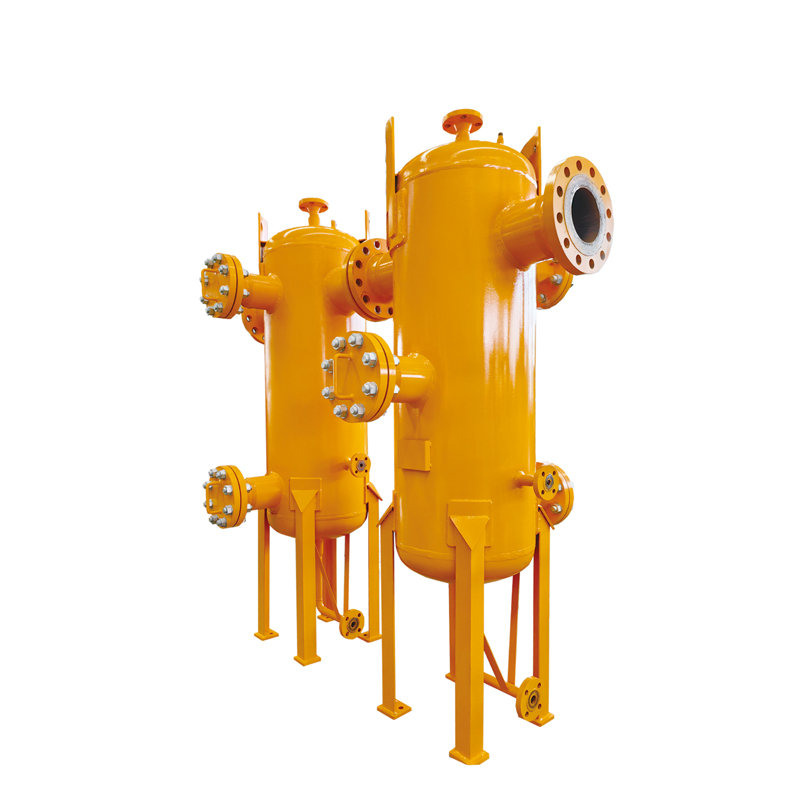
Nov . 16, 2024 02:57
Back to list
safety relief valve
Understanding Safety Relief Valves A Critical Component for Pressure Management
Safety relief valves (SRVs) are essential devices in various industrial applications, ensuring safety and efficiency in systems that handle gases, liquids, and steam under pressure. These valves play a crucial role in protecting equipment and personnel from the dangers of overpressure, which can lead to catastrophic failures if not managed correctly. In this article, we will explore the workings, types, applications, and importance of safety relief valves in different industries.
What is a Safety Relief Valve?
A safety relief valve is a type of pressure relief valve that automatically opens to discharge liquid or gas when the pressure within a system exceeds a predetermined limit. This mechanism helps prevent equipment ruptures, explosions, and damaging leaks by venting excess pressure safely. Once the pressure returns to a safe level, the valve closes, thus maintaining the integrity of the system.
How Does a Safety Relief Valve Work?
The basic principle behind an SRV is relatively straightforward. The valve consists of a spring-loaded mechanism that holds the valve seat closed under normal operating conditions. As system pressure builds up, it eventually overcomes the spring force, causing the valve to open. This action allows the pressurized fluid to escape, reducing the pressure within the system. Once the pressure drops to a safe level, the spring mechanism pushes the valve back to its closed position.
The design of SRVs can vary significantly depending on the specific application, including factors such as the type of media handled (liquid or gas), the pressure ranges, and the temperature conditions.
Types of Safety Relief Valves
1. Direct-Acting Safety Valves These are the most common type, directly responding to pressure changes. They are usually employed in applications involving steam or gas. 2. Pilot-Operated Safety Valves Used in high-pressure applications, these valves utilize a pilot system to control the main valve. They are more suitable for larger flow capacities and lower set pressures. 3. Balanced Safety Valves These valves are designed to minimize the effects of back pressure on the valve's performance, making them suitable for applications where back pressure fluctuates. 4. Spring-Loaded Safety Valves The operation of these valves is solely dependent on the force exerted by springs, providing a reliable method for pressure relief.
Applications of Safety Relief Valves
safety relief valve

Safety relief valves are integral to many sectors including
- Oil and Gas In the extraction, refining, and transportation processes, SRVs protect against the hazardous effects of overpressure that could result from thermal expansion or equipment failure. - Chemical Manufacturing SRVs prevent excessive pressure build-up in reactors and storage tanks, which can lead to dangerous leaks or explosions. - Power Generation In power plants, particularly those employing steam turbines, SRVs maintain safe operating conditions and protect equipment from thermal stresses.
- HVAC Systems In heating, ventilation, and air conditioning systems, SRVs ensure safety by preventing the excessive build-up of pressure within pipes and vessels.
The Importance of Safety Relief Valves
The significance of safety relief valves cannot be overstated. They are critical for
- Safety By preventing hazardous overpressure situations, SRVs protect workers and the environment from potential accidents. - Regulatory Compliance Many industries are subject to strict regulations regarding the management of pressure systems. Properly installed and maintained SRVs help companies comply with these regulations.
- Equipment Protection SRVs help prevent damage to pipelines, vessels, and other equipment, ultimately prolonging their lifespan and reducing maintenance costs.
- Operational Efficiency By maintaining appropriate pressure levels, SRVs contribute to the overall efficiency and performance of industrial processes.
In conclusion, safety relief valves are invaluable components in various industrial applications. They play a critical role in ensuring safety, protecting equipment, and maintaining compliance with industry regulations. Understanding the different types and applications of SRVs is essential for engineers and operators to design and maintain safe and efficient pressure systems. Therefore, it is crucial to invest in high-quality safety relief valves and ensure they are properly maintained and regularly tested to safeguard against the potential dangers of overpressure scenarios.
Next:
Latest news
-
Safety Valve Spring-Loaded Design Overpressure ProtectionNewsJul.25,2025
-
Precision Voltage Regulator AC5 Accuracy Grade PerformanceNewsJul.25,2025
-
Natural Gas Pressure Regulating Skid Industrial Pipeline ApplicationsNewsJul.25,2025
-
Natural Gas Filter Stainless Steel Mesh Element DesignNewsJul.25,2025
-
Gas Pressure Regulator Valve Direct-Acting Spring-Loaded DesignNewsJul.25,2025
-
Decompression Equipment Multi-Stage Heat Exchange System DesignNewsJul.25,2025

